Conspiracy theories are designed to sound like truth and sometimes the evidence gathered seems to make it true. Game industry theories are no different.
Certain fans out there like to comb through every piece of information they can find to come up with theories that when you actually think about them actually make sense. The game developers may not have intended these theories to be true but whether by accident or by intention they put some convincing evidence in the games.
Keep in mind some of this article contains spoilers.
1. Donkey Kong Country is Anti-American Propaganda
Excuse me? Anti-American Propaganda? How can a game about a well-dressed gorilla traveling across 40 levels gathering bananas be about propaganda?
The theory explained by The Game Theorists in this video states that the game may be about the Banana Wars from the late 19th and early 20th centuries.
Without going into a history lesson, the US helped the United Fruit Company (now know as the Chiquita Brands International) to illegally overthrow local Caribbean businesses in order to corner the banana trade.
Donkey Kong Country symbolizes the Caribbean countries and all their bananas being stolen by an invading military force.
The main enemy of the game is King K. Rool and the president at the time was Teddy Roosevelt.
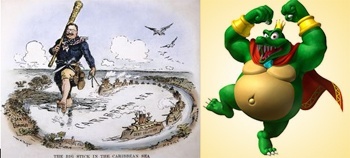
You eventually fight King K. Rool on a pirate ship, which is odd since he is not even a pirate.. but consider that The United Fruit Company and the US Military liked to enforce their will by using naval vessels. You are essentially fighting Teddy Roosevelt on a naval frigate. Not only that, but the enemies are painted as an invading force, which is how the UFC and US Military surely must have appeared.
2. Mario And His Friends Are Just Actors
 This doesn’t seem like it should be a theory: they are game characters which basically makes them actors in the first place.
This doesn’t seem like it should be a theory: they are game characters which basically makes them actors in the first place.
Mario and friends have been in many games across multiple genres and in each one their characters are unique, friends are rivals and enemies are friends.
Take Super Mario RPG for example Bowser is one of the good guys. In Mario Kart and Mario Party, Mario and Luigi are at each others throats. In Super Mario 64 and Super Mario Sunshine are called and presented as episodes.
Some of the games even have characters holding the player camera and sitting on artificial clouds as if to film the entire show.
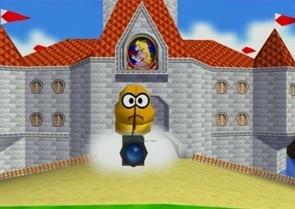
3. Animal Crossing is About a Child-Abducting Cult

This is one of the more crazy theories. What can you say of a game that is about a human boy living in a village full of talking animals?
First off, you’re forced to live in this village because of a duck-turtle creature named Kapp’n who is based on a creäture called a kappa. It’s a mythological Japanese creäture that kidnaps children.
Once you reach the village, a house is already set up for you like they knew you were coming. Then they make you pay off this small house with a stone floor by doing their chores.

So here you’re stuck in a village with a debt that you had no say in occurring. Don’t even think about leaving because they will just turn you away at the gates. Just sit back and be reliant on your “captors” for everything.
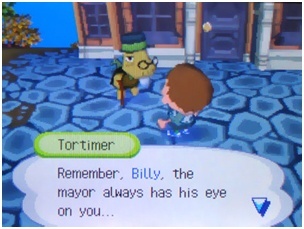
Once you pay off the house they just upgrade it for you and charge you the difference, and you have no say in it.
4. Metal Gear Solid 3 Is Nothing But A Virtual Mission

This game is a prequel to the other Metal Gear Solid games and deals with Solid Snake’s predecessor Naked Snake. The theory is that the game is a mission that Solid Snake is actually participating in as part of a simulation.
In the beginning, Major Zero says that you are about to embark on a “virtuous mission.” Naked Snake then asks, “Virtual Mission?”
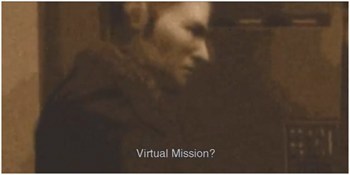
If you also look at Metal Gear Solid 2 the entire thing turns out to be a simulation as a surprise twist in the climax of the game. So if you played the game and start Metal Gear Solid 3 then your mindset is already on the fact that this might be fake.
Later in the game you go up against Ocelot, who is an important character in the previous two games. If you should kill him then how can he appear in the “future” for the next two games. If you kill him the game ends with Roy Campbell; Solid Snake’s contact in the previous two games, tells you that you screwed up the timeline. Why wouldn’t you hear Major Zero say these things who is Naked Snake’s contact.
If fact, whenever you do something that alters the timeline, the game ends and you hear Roy say you screwed up the timeline.
Seems like it might be a virtual mission to me.
5. Mass Effect 3 Is Really About the Hero Getting Possessed by Aliens

At the end of this game you are given 3 choices; To control the reapers, join the reapers, or destroy the reapers. Okay, those seem like the right choices to be in this type of game.
All three games state that people become indoctrinated by reapers over prolonged exposure. From the beginning Shepard has been exposed to reapers.
Towards the end of Mass Effect 3 Shepard is blasted with a huge dose of reaper energy and the world takes on a dream-like state. Bodies mysteriously appear on the battlefield and people just appear as if out of thin air, which sounds like someone struggling with an alien-induced hallucination.
Now back to the 3 impossible choices Shepard must make at the end; those choices are color coded, blue represents good, green is for neutral, and red is for evil.
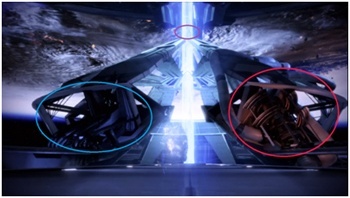
Now you would assume that the “control the reapers” option would be red and “destroy the reapers” would be the blue, but you would be wrong. So why would the option to destroy the reapers be the evil choice now when that’s all you’ve tried to do from the beginning.
Well, because the reapers are trying to indoctrinate Shepard, and they are in his mind influencing his behavior.
6. The Legend of Zelda: Majora’s Mask Represents the Five Stages of Grief
The game has our friend Link trying to find his lost fairy Navi. On his way to the forest, he is mugged by Skull Kid and must go on a quest to find him.. forgetting about Navi in the process.
The theory is that when Link fell off his horse in the beginning he was knocked out and everything that happens after is all in his head. The story that unfolds is his subconscious going through the 5 stages of grief.
- Denial – Link has to chase after Skull Kid and find him before 3 days is up because the world is going to end. The people of Clock Town refuse to believe that their world is ending. They even seem confused when people start disappearing. The people of Clock Town’s denial represents Link’s denial that Navi is truly gone.
- Anger – The next stop is Woodfall where a King believes that a harmless monkey has taken his princess captive. The irrational fear gripping the king and his people represents Link’s anger over losing Navi.
- Bargaining – Then it’s Snowhead where Link finds a ghost named Darmani who wants to be brought back to life. He is trying to strike up a deal with someone who does not have the power to bring him back to life. This represents Link’s journey to find a lost loved one who cannot be found.
- Depression – Great Bay is where Link finds a creäture named Lulu wallowing in self-pity over her lost eggs.
- Acceptance – Ikana Canyon is where Link travels up a tower to face four versions of himself – the four earlier versions of himself. He climbs the tower leaving them behind and receiving light arrows in the process. This represents links acceptance, he faced denial, anger, bargaining, and depression and moved beyond them.
He never does find Navi, which makes this theory even more plausible.
So you decide whether or not these 6 theories are truth or fiction.

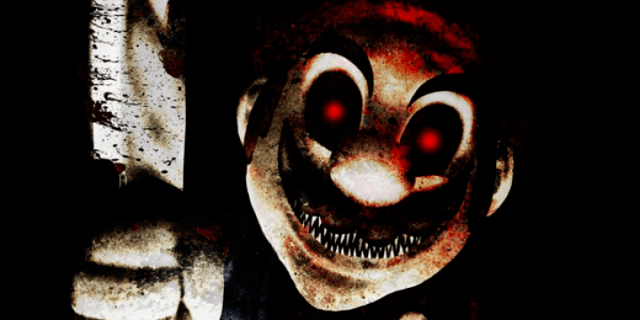







Published: Apr 13, 2015 10:39 am